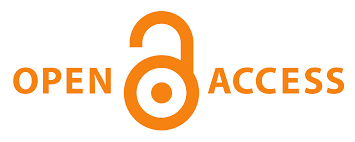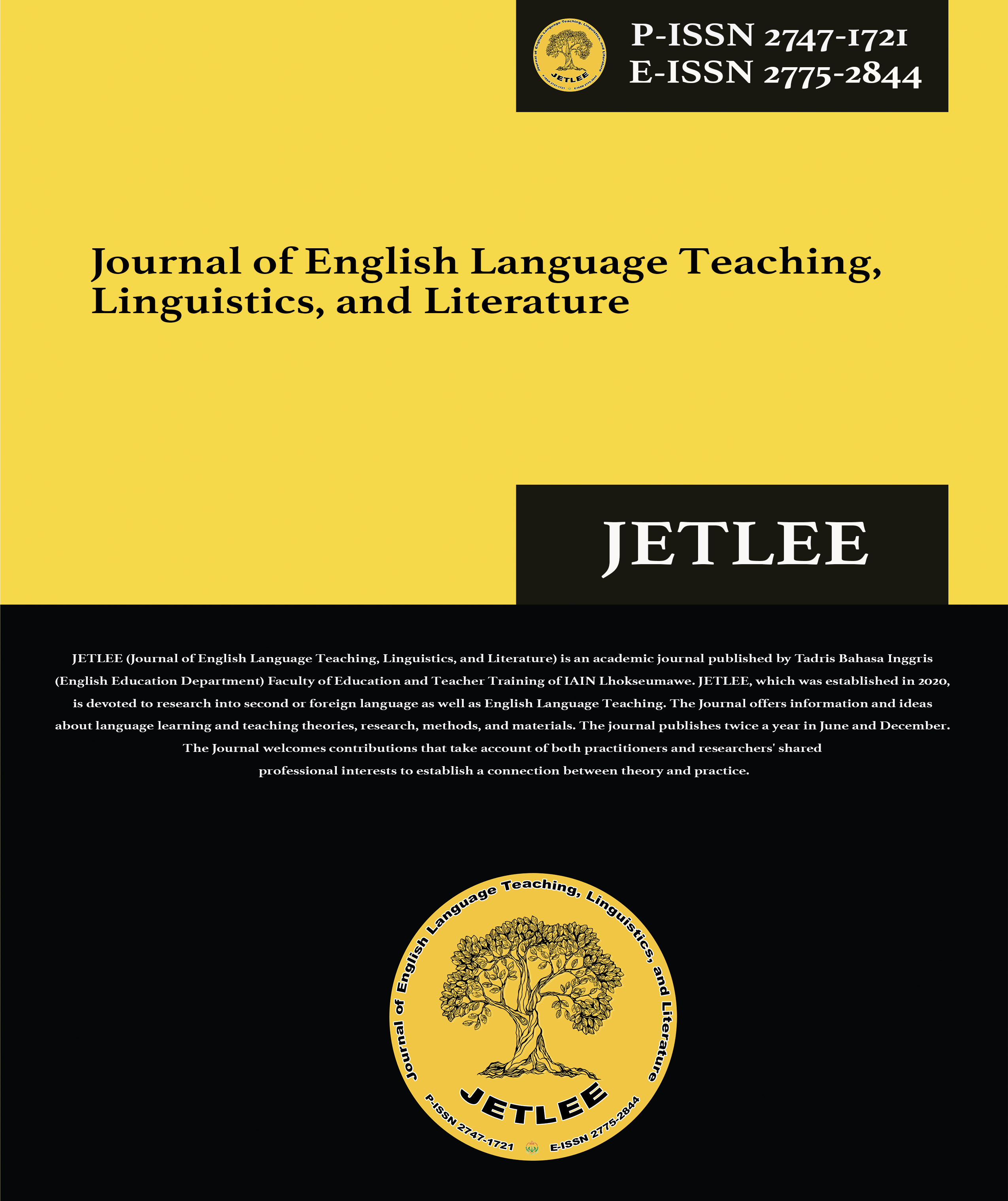The Analysis of Errors on Translating Informative Texts by Google Translate
Main Article Content
Titik Ismailia
This research aims to describe and classify the errors that was made by students in translating informative text in English into “Bahasa Indonesia” with Google translate (GT) application. This research applies errors analysis method with content analysis approach. The procedure to do the research are: data collection, identification of errors, classification of errors, and statement of errors frequency. The result shows that the errors mostly found in lexis level such as omission, adding, and untranslated both in content and function. While in the grammar level, there were some errors found like the word class changing, tenses, and agreement. In semantic level, there were errors on confusion of senses, wrong choice, and idioms. Lastly, in discourse level there were errors on style, variety, and should not be translated. To conclude, the lexical errors that found in the result of translating informative text by Google is for about 98 %. The other errors also found in grammar for about 0,007%, semantic for about 0.008% and discourse for about 0.005%. It means that Google translate made many errors in translating informative text, but it can be as an alternative choice to get the rapid translation result from English text into Bahasa Indonesia.
Abbasian, R., & Biria, R. (2017). English Language Textbooks in EFL Education: Do Improve Students’ National, International and Target Culture Familiarity?.
Aiken, M., & Balan, S. (2011). An analysis of Google Translate accuracy. Translation journal, 16(2), 1-3.
Al-Musawi, N. M. (2014). Strategic use of translation in learning English as a Foreign Language (EFL) among Bahrain university students. Comprehensive Psychology, 3, 10-03.
Amilia, I. K., & Yuwono, D. E. (2020). A STUDY OF THE TRANSLATION OF GOOGLE TRANSLATE. Lingua: Jurnal Ilmiah, 16(2), 1-21.
Anggaira, A. S. (2017). Linguistic Errors on Narrative Text Translation Using Google Translate. Pedagogy: Journal of English Language Teaching, 5(1), 1-14.
Atmowardoyo, H. (2018). Research methods in TEFL studies: Descriptive research, case study, error analysis, and R & D. Journal of Language Teaching and Research, 9(1), 197-204.
Chandra, S. O., & Yuyun, I. (2018). The use of google translate in EFL essay writing. LLT Journal: A Journal on Language and Language Teaching, 21(2), 228-238.
Costa, Â., Ling, W., Luís, T., Correia, R., & Coheur, L. (2015). A linguistically motivated taxonomy for Machine Translation error analysis. Machine Translation, 29(2), 127-161.
Halimah, H. (2018). ERROR ANALYSIS IN ENGLISH-INDONESIAN MACHINE TRANSLATE. In PROSIDING SEMINAR NASIONAL & INTERNASIONAL (Vol. 1, No. 1).
Herlina, N., Dewanti, R., & Lustiyantie, N. (2019). Google translate as an alternative tool for assisting students in doing translation: A case study at Universitas Negeri Jakarta, Indonesia. BAHTERA: Jurnal Pendidikan Bahasa Dan Sastra, 18(1), 70-78.
Imre, Attila (2012). Communication through translation. Proceeding of the Communication, Context, Interdiciplinarity, 2. Editura.
Jannah, I. R., Yenni, C., Rahmi, T., & Alimnur, A. (2022). An Error Analysis of Students’ Translation In Narrative Text. JETLEE: Journal of English Language Teaching, Linguistics, and Literature, 2(1).
Nadhianti, M. (2016). An analysis of accuracy level of google translate in English-bahasa Indonesia and bahasa Indonesia-English translations. Sastra Inggris-Quill, 5(4).
Purwaningsih, D. (2016). Comparing Translation Produced by Google Translation Tool to Translation Produced by Translator. Journal of English Language Studies, 1(1).
Rahmannia, M., & Triyono, S. (2019). A Study of Google Translate Translations: An Error Analysis of Indonesian-to-English Texts. International Journal of Linguistics, Literature and Translation (IJLLT), 2(3), 196-200.
Schäffner, C. (2005). Preparing students of translation for the real world: Needs, methods, constraints. In On the relationships between translation theory and translation practice (pp. 237-248). Peter Lang publishing group.
Stapleton, P., & Kin, B. L. K. (2019). Assessing the accuracy and teachers' impressions of Google Translate: A study of primary L2 writers in Hong Kong. English for Specific Purposes, 56, 18-34.
Sutrisno, A. (2020). The Accuracy and Shortcomings of Google Translate Translating English Sentences to Indonesia. Education Quarterly Reviews, 3(4).
Tsai, S. C. (2019). Using google translate in EFL drafts: a preliminary investigation. Computer Assisted Language Learning, 32(5-6), 510-526.




